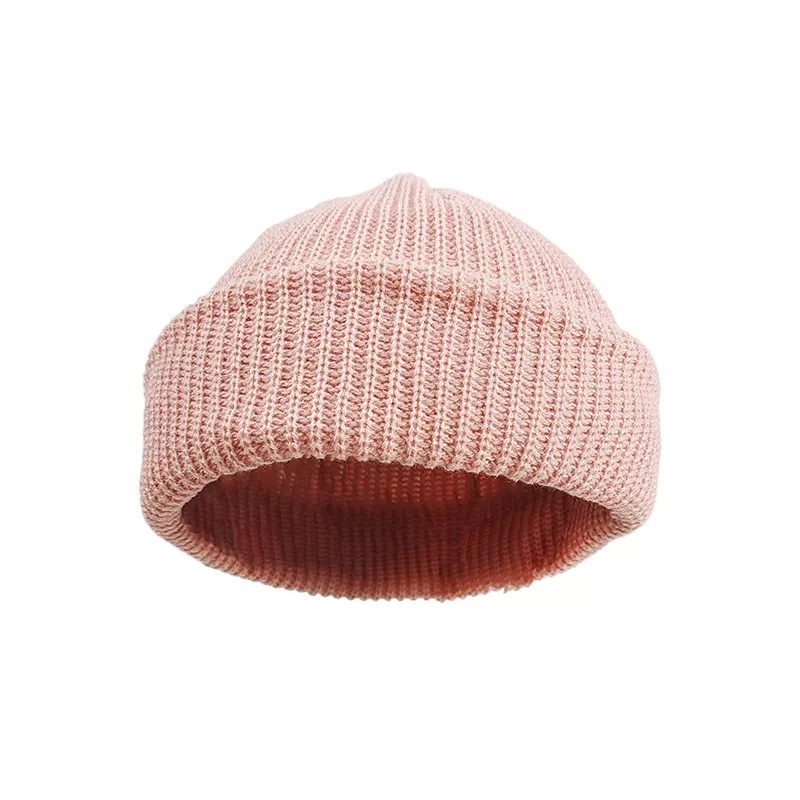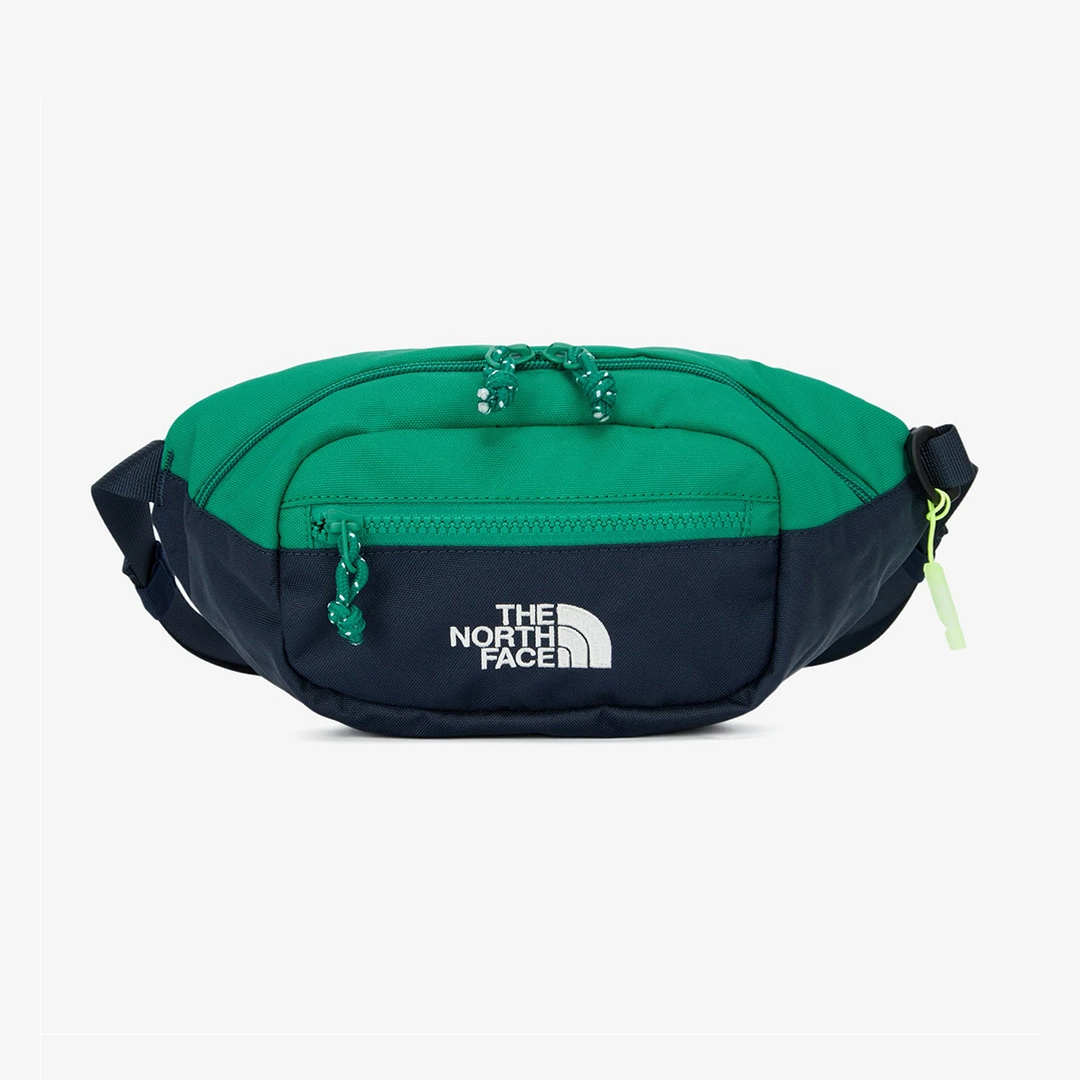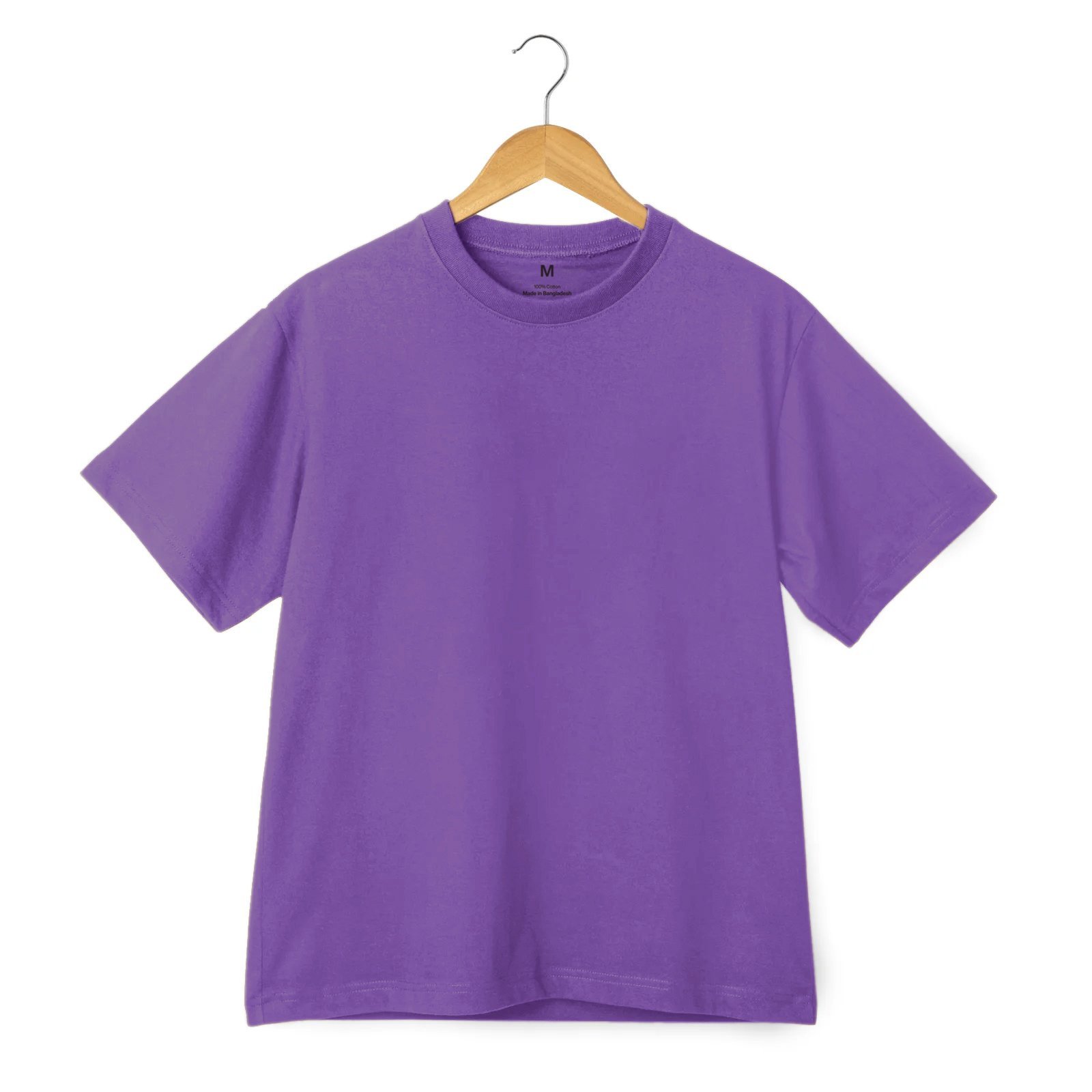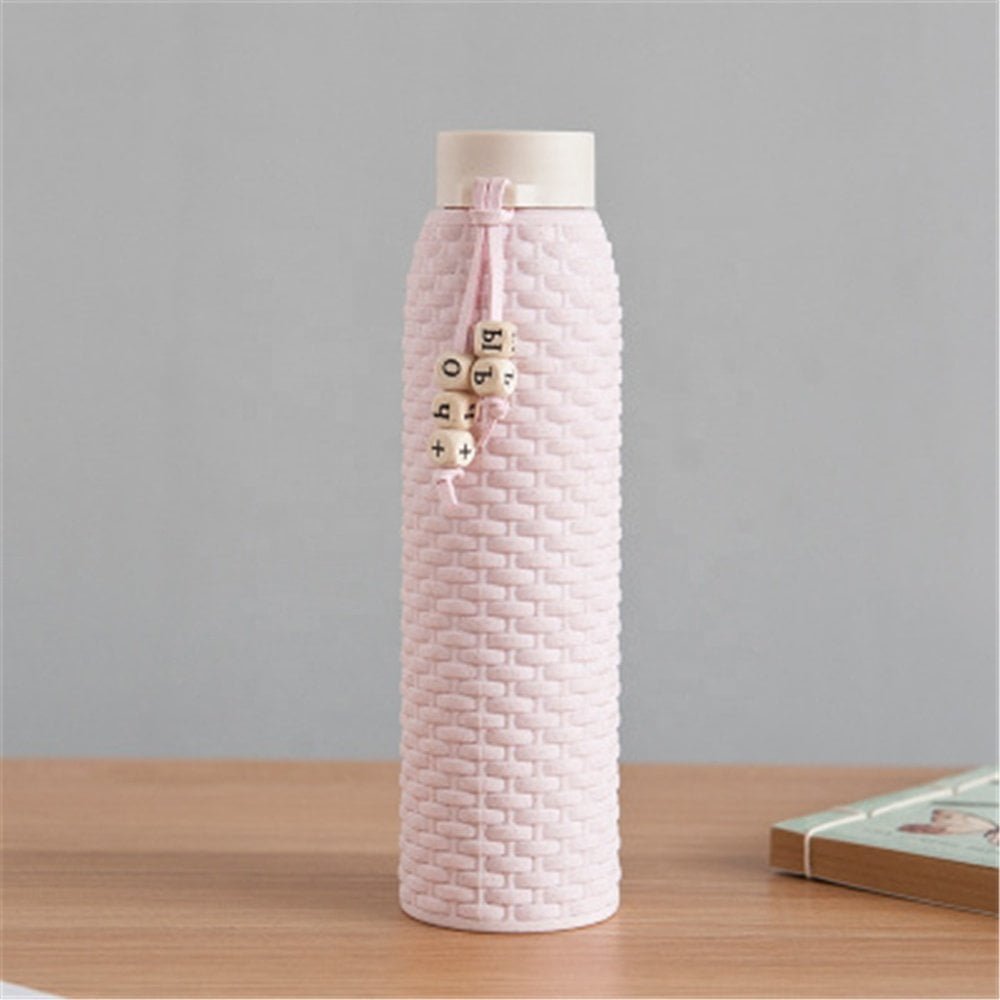Skateboarding Safety Precaution
WARNING:
- Skateboarding can be a dangerous activity.
- Always wear protective equipment including a helmet, and elbow, knee, and palm guards when driving.
- Do not attempt to make any changes to the skateboard design as this may compromise safety.
- Before each ride, make sure that all screws are securely tightened. Over time, the bots may loosen.
- Do not dive in busy streets, parking lots, on a hill, over stairs, or in crowded places.
- Make sure that the bearings are sufficiently lubricated. Over time, the bearings and castors wear out.
- Replace worn parts only with identical or faulty compatible parts. It is recommended that such replacement of parts be performed by an adult
- When using a skateboard, scabs and lice appear. Remove them regularly.
- Before riding a skateboard make sure that it works properly.
- Make sure that the top board of the skateboard is not broken or cracked. If you notice such faults, replace the top board with a new one.
- Fast riding and skateboarding are risky activities.
- Choose a safe place for training and coaching, and avoid streets and sidewalks where you could get injured or injure other people.
- Children riding on a skateboard must be constantly supervised by adults.
- Leam to drive without rushing, do not try complicated tricks right away. If you notice that you are losing your balance, do not wait until you fall-get off the skateboard. First, leam slowly and straight and on a level surface. Then choose speeds and inclines where you can jump safely without falling in the event of danger,
- The most serious injuries to skateboarders are fractures, so learn to fall correctly first (with a rollover if possible). Lean-to fall without a skateboard.
- Do not leam to dive alone. Let friends or parents be involved in learning. Most accidents occur in the first few months.
- If you need to jump off a skateboard, make sure everything is safe in the direction of the jump. Do not injure yourself or others while dancing.
- Avoid riding the skateboard on dirty and uneven surfaces.
- Enroll in a skateboarding club in your area. There is much to leam from it. Prove that you are a good skateboarder who rides great and safe.
- The skateboard steering mechanism is adjusted by turning the adjusting nut on each axle. The looser it is the easier it is to make a tum by pressing the corresponding edge of the skateboard. Avoid full and stiff tightening when the plastic part of the adjusting screw is in full contact with the surface of the screw.
Service and maintenance
- Clean the bearings regularly. Do not attempt to remove the bearing housing. Just wipe the bearing with a cloth
- Regularly replace worn wheels with new ones.
- Remove sharp splinters from abrasion of the board.
- Check the castors and adjusting nut regularly for tightness.
- Make sure the skateboard is not broken or cracked. If you notice such faults, replace the board with a new one.
- Protect the skateboard from the effects of high temperatures.
Tips for Beginners (Driving and Braking)

Stance

Pushing a Skateboard

Stable Riding
Braking
Once you know how to start driving, learn to stop. There are several ways to brake a skateboard. The easiest way is to take one foot off the skateboard and stop by swiping the pad over the ground. True, it takes a little practice, but once learned, you will be able to stop the skateboard in all situators
Always wear protective equipment, including a helmet, and elbow, knee and palm guards when driving.









